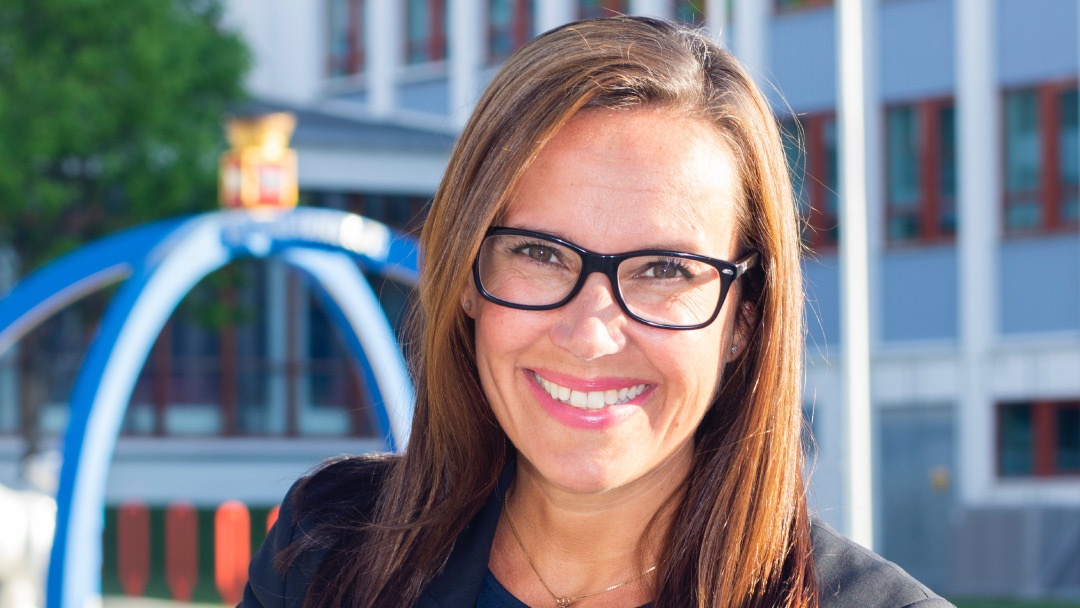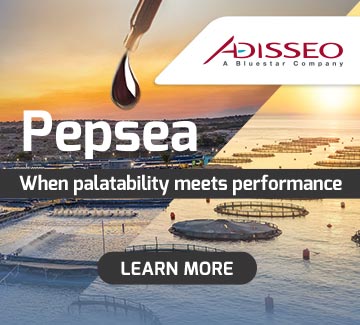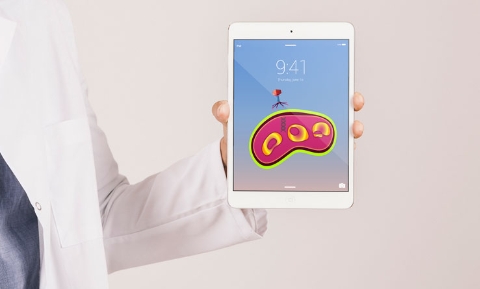 Marianne Sivertsen - Norway
Marianne Sivertsen - Norway
Norway’s Minister of Fisheries and Oceans, Marianne Sivertsen Næss, has unveiled a White Paper titled “The Future of Aquaculture: Sustainable Growth and Food for the World”, setting out a new regulatory framework for the country’s aquaculture industry. The strategy proposes a fundamental shift, moving towards impact-based regulation, the introduction of sea lice emission quotas, and the removal of production volumes limits from aquaculture licences.
“Norway’s aquaculture industry has seen tremendous growth, creating Jobs and economic value along the coast. Today, it’s our second-largest export industry, and it’s vital that Norwegian seafood maintains a strong reputation,” said Sivertsen Næss at a press conference. “However, this growth has brought challenges, particularly in terms of environmental impact and fish welfare. These issues need urgent attention.”
The Minister acknowledged that the current system does not provide adecuate incentives for sustainable practices. The new framework, she explained, is designed to reward low-impact operations and higher standards of animal welfare by making them more economically viable.
A key focus of the proposal is addressing the issue of Lepeophtheirus salmonis-commonly known as sea lice-which remains one of the industry’s most persistent health challenges.
The White Paper points out that adjusting Maximum Allowed Biomass (MTB) at company level has proven ineffective in curbing the environmental impact of sea lice. Instead, the government proposes a quota-based system where sea lice emissions will be regulated according to what local ecosystems can tolerate. All salmonid producers will fall under this system, with quotas tradable within defined regulatory zones, enabling a more flexible and efficient approach to production.
“We want sea lice emissions to come with a direct cost for producers. This will make low-impact farming more profitable and lead to more precise regulation of the sector,” Sivertsen Næss explained.
Another headline measure is the removal of production volume caps from aquaculture licences. According to the government, these restrictions offer little incentive for innovation or for adopting cleaner technologies.
Instead, operators will still require a licence tied to a specific geographic location, but without limits on production volume or species farmed. This change will give producers greater freedom in how they manage their operations. New licences will be allocated through auctions to ensure the fair and efficient use of public resources.
The White Paper also tackles animal welfare with a concrete proposal: a lost fish fee. Sea lice treatments are one of the leading causes of mortality in farmed fish, and the government wants to ensure that efforts to reduce lice emissions do not compromise fish welfare.
“We’ve seen that fish welfare in aquaculture has not been good enough. In the Animal Welfare Report, we set a goal of reducing mortality to around 5%. We’re now taking a further step by introducing this fee. We’ll start with a low rate and consider increasing it over time. The aim is to see such improvements in welfare that most producers avoid the fee altogether,” said the Minister.
The White Paper has now been submitted to the Norwegian Parliament. Once reviewed, the proposed regulatory changes will go through the standard public consultation process.


